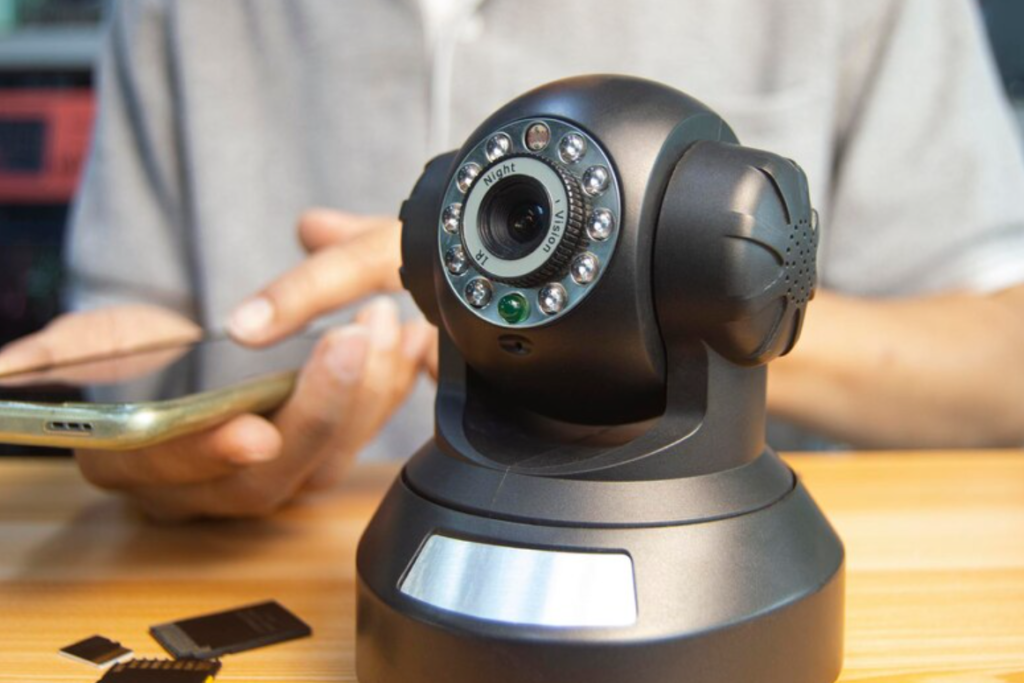
Wireless security cameras have become a popular choice for homeowners and businesses looking to enhance their security systems. These devices offer the convenience of remote monitoring without the need for extensive wiring. In this article, we will explore the components of wireless security cameras, how they function, and the advantages and disadvantages of using them.
What is a Wireless Security Camera Made of?
Wireless security cameras consist of several key components that work together to provide seamless surveillance. The main parts include the camera lens, image sensor, wireless transmitter, and power source. The camera lens is responsible for capturing the visual information. The quality of the lens affects the clarity of the images or videos. The image sensor, typically a CMOS sensor, converts light into electronic signals, which are then processed to create images or videos.
The wireless transmitter is another crucial component. It sends the captured footage to a receiver or storage device through a wireless signal. This eliminates the need for complex wiring. Most wireless security cameras use Wi-Fi for this purpose, but some may use other wireless technologies like Bluetooth or proprietary wireless protocols. Finally, the power source can be a battery, solar panel, or a power adapter connected to an electrical outlet. Battery-powered cameras offer more flexibility in terms of placement but may require frequent recharging or battery replacement.
How Does a Wireless Security Camera Work?
Wireless security cameras operate by capturing video and audio data through their lenses and sensors. Once the data is captured, it is converted into a digital format and transmitted wirelessly to a receiver or cloud storage. This process begins when the camera detects motion or is manually activated by the user. Modern wireless cameras often come with advanced features like motion detection, night vision, and two-way audio. These features enhance the functionality and usability of the cameras.
The transmission of data is usually encrypted to ensure privacy and security. The data can be accessed remotely through a smartphone app or a computer. This remote access capability is one of the major advantages of wireless security cameras. It allows users to monitor their property in real time from anywhere in the world. Additionally, many wireless security cameras, including both the security cameras outdoor and indoor models, come with cloud storage options. This means that the recorded footage is stored on a remote server, which provides an added layer of security against tampering or theft of the physical storage device.
Pros and Cons of Wireless Security Cameras
Let’s explore the advantages and disadvantages of wireless security cameras to help you determine whether they are the right choice for your home or business security needs.
Pros of Wireless Security Cameras
l Easy Installation: Wireless security cameras are simple to install, requiring minimal drilling and cabling. This makes them an excellent choice for DIY enthusiasts and renters.
l Flexibility and Mobility: These cameras can be easily relocated to different areas as needed, offering greater flexibility in monitoring various parts of your property.
l Remote Access: Most wireless cameras come with apps that allow you to view live footage from your smartphone or tablet, providing real-time surveillance from anywhere.
l Integration with Smart Home Devices: Wireless cameras can often be integrated with other smart home devices, such as lights, locks, and alarms, creating a comprehensive home security system.
Cons of Wireless Security Cameras
l Interference and Signal Issues: Wireless cameras rely on Wi-Fi signals, which can be disrupted by other electronic devices, thick walls, or long distances, potentially affecting video quality and reliability.
l Battery Life: Many wireless cameras are battery-powered, requiring regular recharging or battery replacements, which can be inconvenient and costly over time.
l Vulnerability to Hacking: Being connected to the internet, wireless cameras are susceptible to hacking if not properly secured with strong passwords and updated firmware.
Conclusion
Wireless security cameras provide an effective and convenient solution for monitoring and protecting properties. Understanding how these cameras work, their components and the benefits and drawbacks they offer can help users make informed decisions about their security needs. By carefully considering the pros and cons, users can choose the right wireless security camera system that meets their specific requirements and enhances their overall security.
Leave a Reply